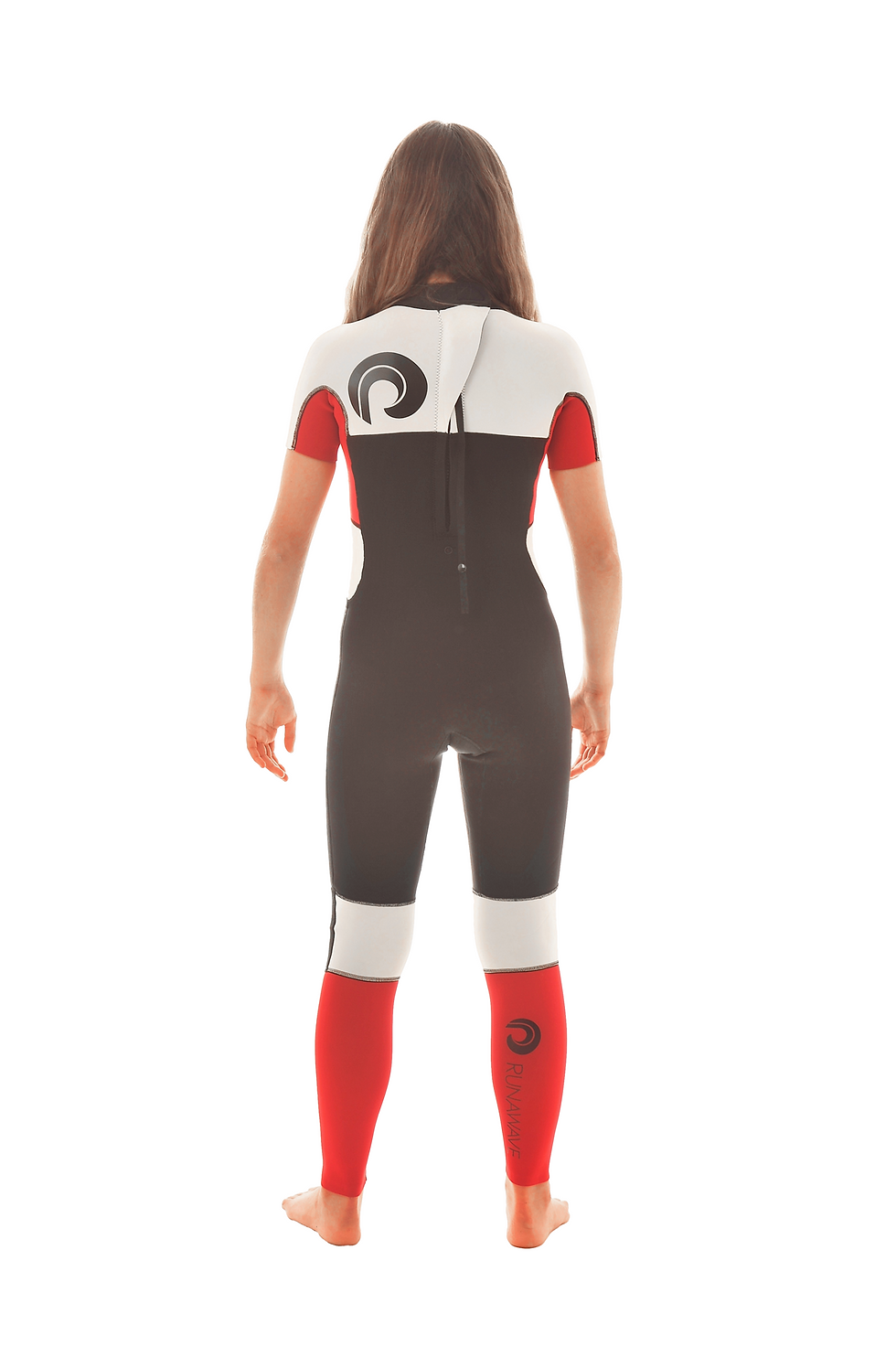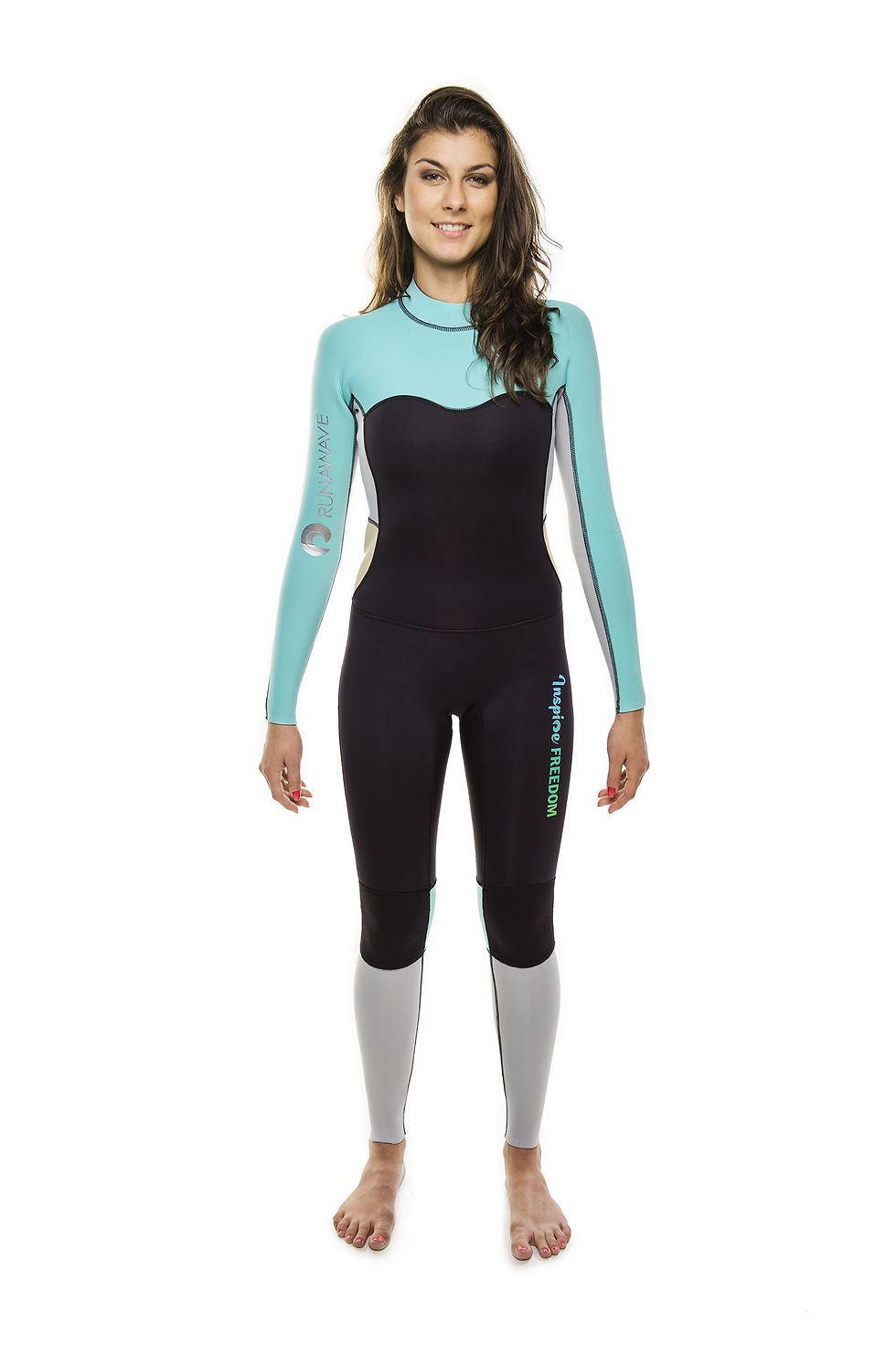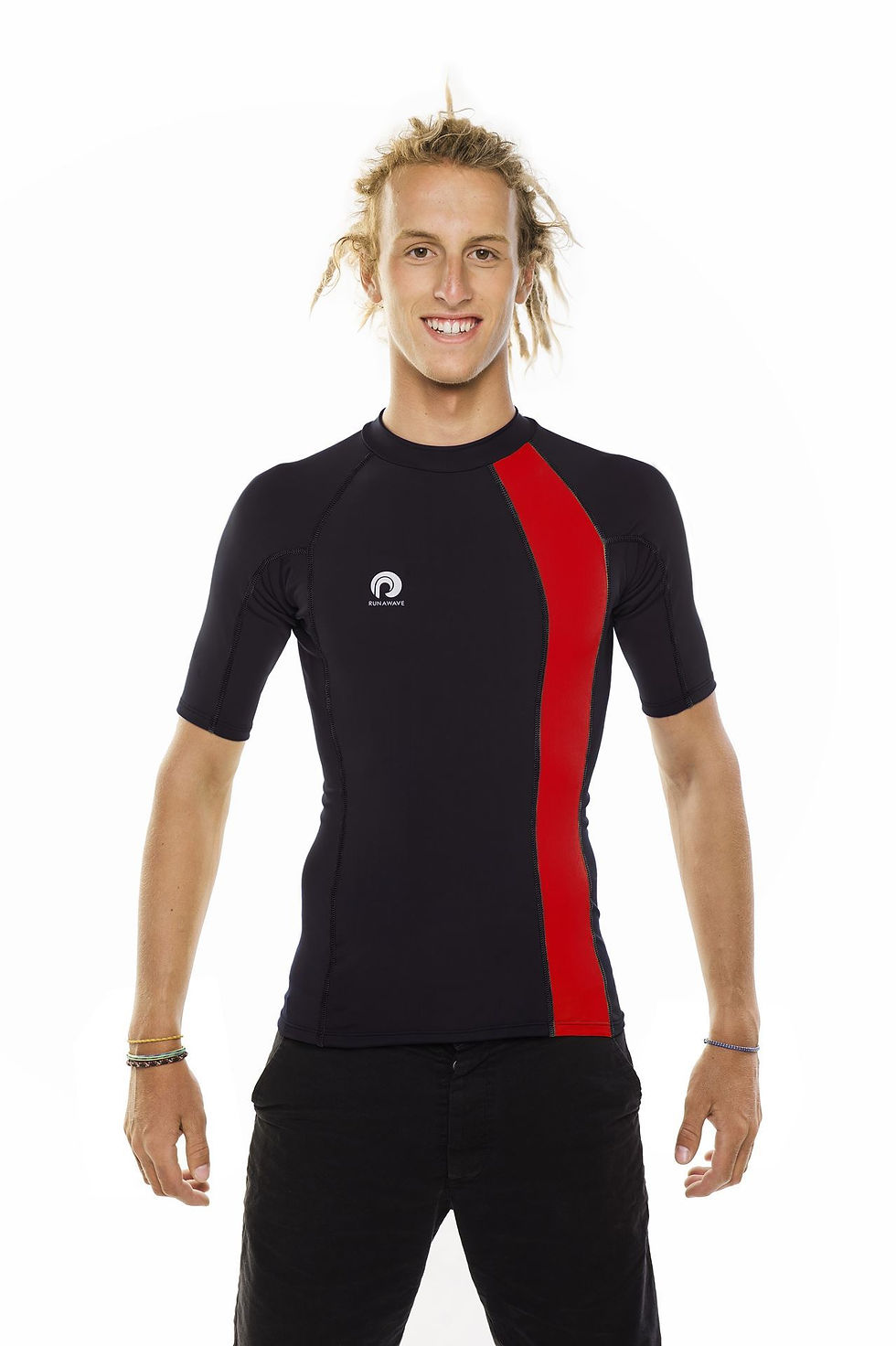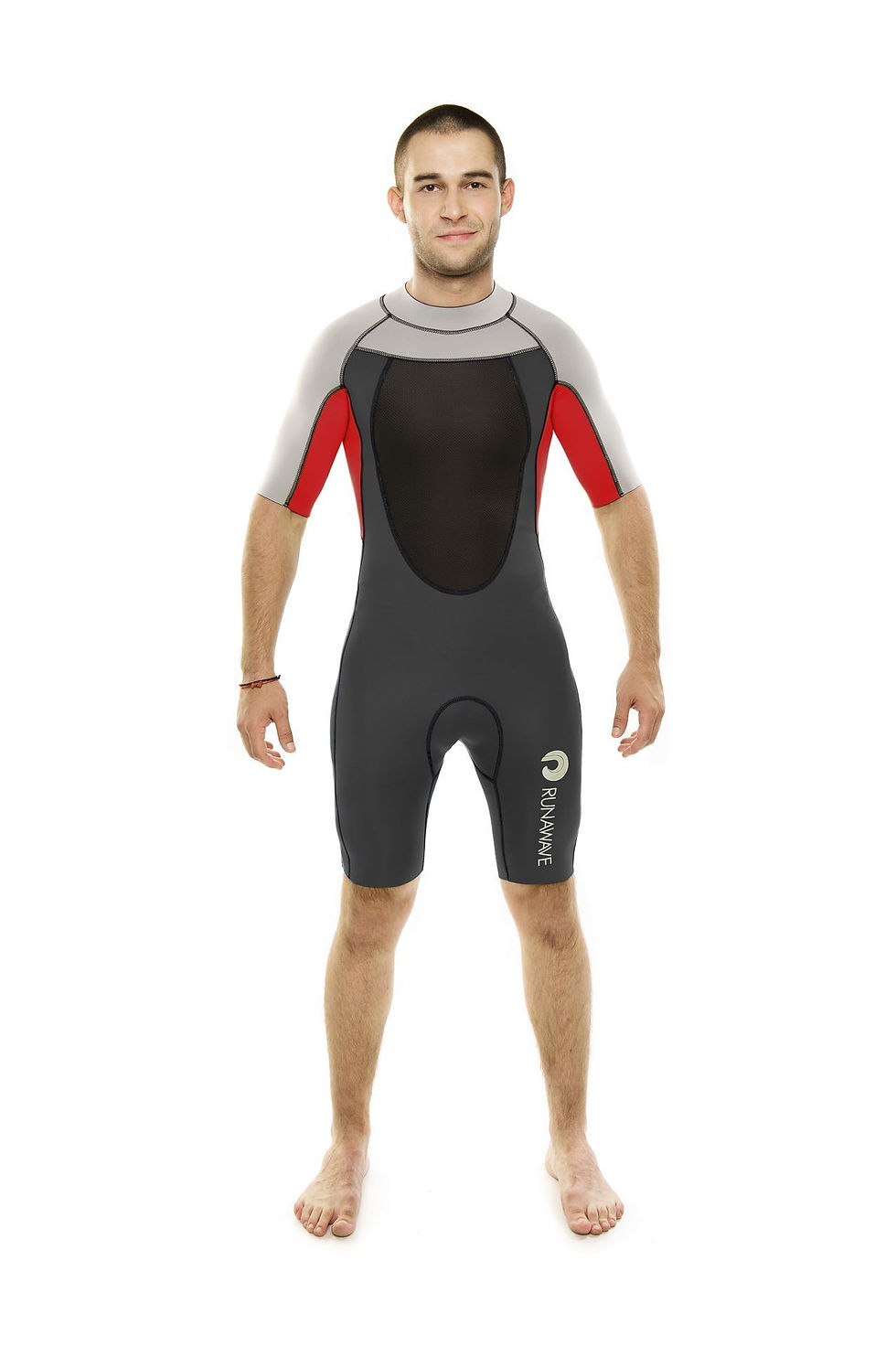
KITESURF BULGARIA
SURF SHOP - FIND EVERYTHING YOU NEED
Contact:
+359889999625

Mystic Voltt Westuit
WETSUITS
A good wetsuit fits like a second skin. It's very important that you choose a wetsuit that fits your likes and needs. A good wetsuit fits smooth around the curves of your body and keeps you warm at all times. Kitesurf Bulgaria has a wide variety of wetsuits to make sure you will find the perfect fit. Read more »
Buying a wetsuits online?
A good wetsuit fits like a second skin. It's very important that you choose a wetsuit that fits your likes and needs. A good wetsuit fits smooth around the curves of your body and keeps you warm at all times. A wetsuit is made out of neoprene.
How does a wetsuit work?
If a wetsuit fits your body well a small layer of water will go between you and the suit. Your body will heat up this layer of water with your own body temperature. As soon as this layer of water gets warmer it will keep you warm during your complete kite session.
A second important aspect of a wetsuit is the thickness of your neoprene. The thickness protects you directly against the cold environment. The more millimeters of neoprene you have the better you are protected against the cold. The neoprene inside a wetsuit is filled with small air bubbles. Normally a higher quality of neoprene has more air bubbles inside the material than the cheaper ones on the market. New technologies make sure that the air temperature inside the bubble stays nice a warm which will keep your body temperature at a steady level.
Which wetsuit size do I need?
The right size is very important. Besides the main goal of keeping yourself warm, you want to keep your freedom to move around inside the wetsuit. The size depends on a few factors, your length, your weight, and waist. As noted above it's important to get the right size for your wetsuit. A fun fact is that a wetsuit always fits your body once you're in the water. This happens because neoprene gets flexible as soon as it gets wet. On top of that, the layer of water makes sure that the suit will compress to your body on the right spots. Make sure you always check the size chart for each product. Sometimes a manufactures make different sizes for people who are average in weight but very tall, for example, Mystic has a lot of size with a T at the end, which stands for Tall. But also an MS if you're short and curvy.
How thick should a wetsuit be?
The thickness of a wetsuit makes sure you get an instant protection against the water and outside temperature. The more millimeters of neoprene you have the better you are protected against the cold. The downside from a thick wetsuit is your flexibility. Getting the right thickness is important but you can also use a pair of surf shoes, gloves and a cap on those really cold days if needed.
What are the different kinds of wetsuits?
There is a wide variety of wetsuits to cover all of the weather elements. Often people choose for a steamer wetsuit in the colder areas. That's a wetsuit with long sleeves en legs to keep you nice and warm. In case this is too hot, you can choose for a shorty, the name says it all, short sleeves and legs. Normally these types of wetsuits are a little thinner so you won’t get overheated on those nice sunny days. Another a big advantage is the extra movability. The less wetsuit that surrounds your body parts the more flexibility you will gain.
While choosing the perfect wetsuit for yourself you also have to consider the placement of the zipper. Some brands place the zipper in the front and some at the back. These so-called front- or back zip wetsuits both have a different character. Both wetsuits are good and have their own pros and cons. A front-zip wetsuit is often used by surfers. A big plus with a front-zip wetsuit is the fact that you won’t get as much water inside your wetsuit while duck diving, it covers the neck a lot more. Kitesurfers normally don't have this problem. The big plus with a back-zip wetsuit is that they go on and off a lot easier.
Below a more detailed explanation of the different types of wetsuits:
Full suit/steamer
The full suit or also called a steamer is the well-known normal wetsuit with long arms and long legs. This suit is mainly used in relatively cold water and offers enough heat because your entire body is covered with a neoprene layer, in addition, it also offers extra protection when you fall. The Fullsuit is available in different thicknesses, the thickness depends on the water and outdoor temperature. For example, a 3mm/2mm is very suitable for the summer months, this is why they also go by the name summer wetsuit. For the colder temperatures, a full suit with 6mm/5mm/4mm is definitely recommended, these are even available with a cap/hoodie attached to the wetsuit for the extremely cold days.
Springsuit
The Spring suit is our favorite summer wetsuit. This suit has long arms and short legs, this gives you sufficient protection against the sun, the wetsuit is nice and warm and you don't suffer from water which enters your wetsuit from below at your shins/calves. This wetsuit is available in 4mm/3mm/2mm.
Short arm steamer
The short arm steamer is a very popular wetsuit among the wave surfers because your arms are free, you have a lot of freedom of movement and you can easily paddle. Even during kiting, this freedom of movement is very nice, in addition, the wetsuit is warmer than a spring suit and offers extra protection at your legs/knees.
Shorty
The shorty is a wetsuit with short arms and short legs and ideal for summer temperatures. The wetsuit, therefore, has less protection than other wetsuits, so your crashes will feel a bit harder. However, you have much more freedom of movement and it offers protection for your core.
Wetsuit jacket
A wetsuit jacket is available in many different types, we listed these jackets at our thermo section. The name says it all, it's a jacket which you can wear on top or under your wetsuit to ensure that you will never get cold anymore. These thermo layers are available in thin neoprene versions from 0.5mm up to thick jackets with 5mm neoprene which you, of course, have to wear over your wetsuit.
Long John/Short John
The Long/Short John is a wetsuit which you hardly ever see anymore. The wetsuit is now especially popular with sailing. Your arms are completely free in the Long/short John and the rest of your body is protected, as a result, it offers enough heat. The Long/Short John also has short legs, making it kind of a wetsuit for your in between sessions.
What determines the quality of a wetsuit?
There are a couple of factors which affect the quality of a wetsuit. The most important ones are the lining, seams and the neoprene. The lining is important because it's directly in touch with your body. A thick lining feels comfortable and keeps you really warm because the water between you and the wetsuit can heat up a lot more. The more expensive wetsuit often have a thicker lining at the chest and back panels to keep you nice and warm.
Besides lining, the seams play a big role in the isolation of your wetsuit. There are different kinds of seams and each of them has their own behaviors. The number of seams also has an effect on the behaviors of a wetsuit. A wetsuit with a lot of seams fits your body better but increases the chance of getting a leak. Fewer seams decreased the chance of getting a leak but will make the wetsuit feel more sluggish and won’t fit your body as good as one with a lot of seams. There are different ways to make seams. The most common ones are:
-
overlock
-
flatlock
-
blind stitch
Simple seaming
The overlock method is the cheapest and easiest way but also the least effective way to keep the water out. This type we often see at the entry level wetsuit (which we don’t sell). This method never is never used in the High-End wetsuits. Sometimes it doesn’t hurt hitting the water in a cheap shorty but as soon as it gets colder we recommend using a better type of wetsuit. Also, these type of seams can sometimes stick out a little bit and can hurt you pretty bad. With the flatlock method, they add two pieces of cross cut neoprene together so they become almost one again. Still, this method is not very effective because they make the seams through the neoprene. By doing this you always get little holes in your wetsuit. Kitesurfing with flatlock seams is recommended for sunny summer-like days with high temperature.
High end seaming
Blind stitching is by far the best way to put neoprene together. With this method, the stitching only goes halfway through the neoprene. The inside is kept together with clue and seams, this method doesn’t only isolate the wetsuit very well it also feels really soft and comfortable. The more expensive suits are often blind stitched because it also gives you a lot more flexibility. Besides sewing the neoprene, the seams often get taped with a clue to make them extra watertight. Neoprene tape gives you extra flexibility and is watertight. The most watertight form of seaming is Liquid Taped. With this method, your wetsuit is 100% waterproof. Really nice to have during the cold winter months.
Can I order a wetsuit online ?
A wetsuit should fit you properly, that's a fact. By using the size chart you can make a good discussion online whether it will fit or not. If it does occur that it ain't the right fit for your body, no worries. You can always return it in exchange for the right one. We will send you a good one as soon as we receive your returned item(s). If you have any doubts don’t hesitate to give us a call or send us an email and we will gladly help you get the perfect fit.




























































































